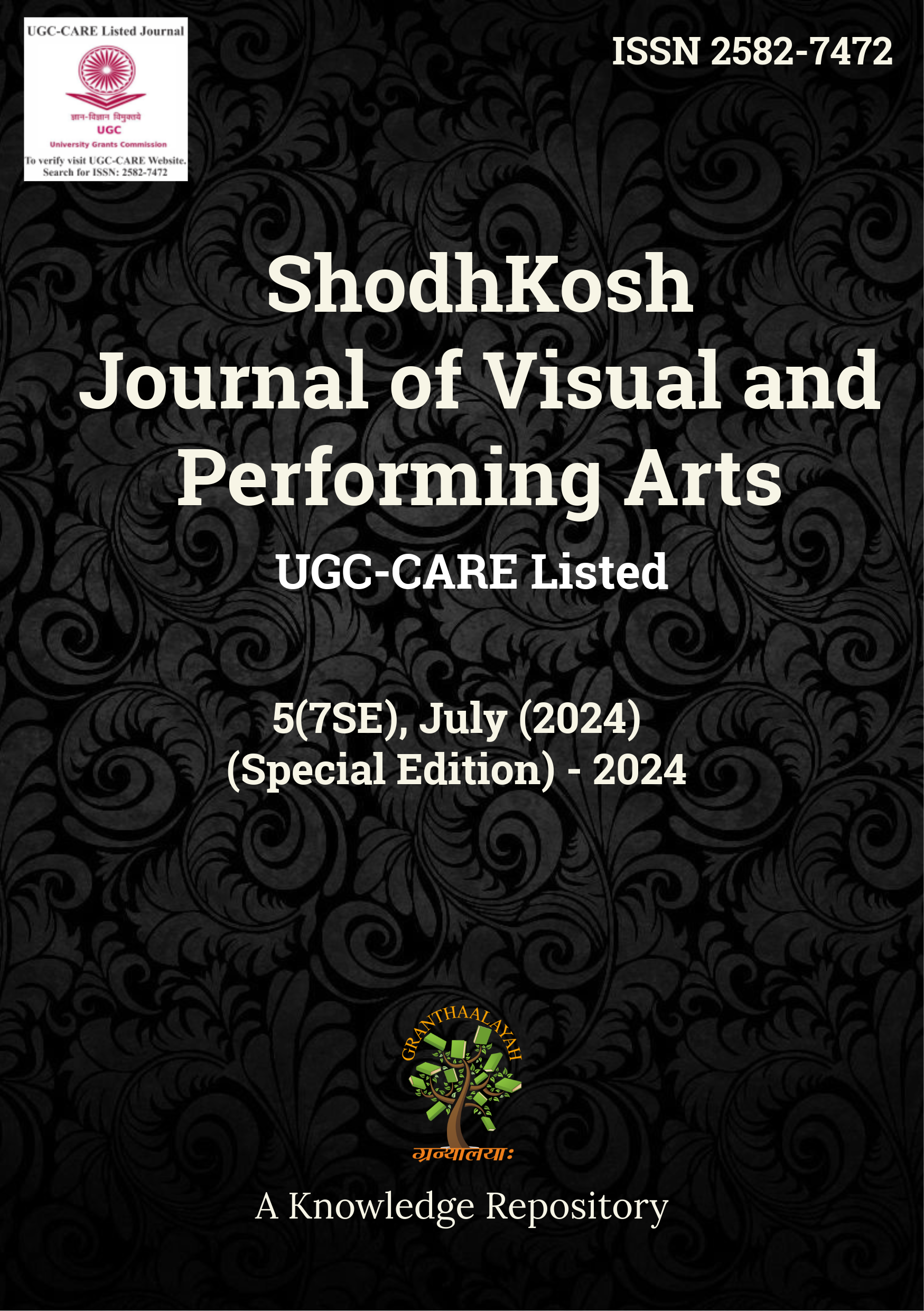THE EFFECT OF PLYOMETRIC TRAINING ON SPRINT PERFORMANCE AND EXPLOSIVE STRENGTH IN TRACK AND FIELD ATHLETES
DOI:
https://doi.org/10.29121/shodhkosh.v5.i7SE.2024.5870Keywords:
Plyometric, Training, Sprint, Performance, Strength, AthletesAbstract [English]
Plyometric training is a widely used method for enhancing sprint performance and explosive strength in track and field athletes. This study investigates the effects of an eight-week plyometric training program on sprint times and lower-body power in competitive sprinters. A total of 40 male and female track and field athletes, aged 18-25 years, were randomly assigned to a plyometric training group (PTG) and a control group (CG). Pre- and post-tests measured 30m and 100m sprint times, vertical jump height, and standing broad jump distance. Statistical analysis revealed significant improvements in the PTG compared to the CG, with reductions in sprint times and increases in jump performance (p < 0.05). These findings suggest that integrating plyometric exercises into training regimens can enhance neuromuscular efficiency, leading to improved sprint speed and explosive strength. This research provides valuable insights for coaches and athletes seeking to optimize performance through scientifically validated training protocols.
References
Ramirez-Campillo, R., et al. (2021). "Effects of Plyometric Training on Physical Performance: An Umbrella Review." Sports Medicine - Open, 7(1), 9. DOI: https://doi.org/10.1186/s40798-023-00595-3
Markovic, G., &Mikulic, P. (2010). "Neuromuscular Adaptations to Plyometric Training." Sports Medicine, 40(10), 859–895. DOI: https://doi.org/10.2165/11318370-000000000-00000
Asadi, A., et al. (2016). "Effects of Plyometric vs. Resistance Training on Sprint and Jump Performance in Male Adolescent Soccer Players." Journal of Human Kinetics, 51(1), 157–165.
de Villarreal, E. S. S., et al. (2009). "Enhancing Sprint and Strength Performance: Combined Versus Maximal Power, Traditional Heavy-Resistance and Plyometric Training." Journal of Science and Medicine in Sport, 12(3), 489–495.
Lloyd, R. S., et al. (2012). "The Effects of 4-Weeks of Plyometric Training on Reactive Strength Index and Leg Stiffness in Male Youths." Journal of Strength and Conditioning Research, 26(10), 2812–2819. DOI: https://doi.org/10.1519/JSC.0b013e318242d2ec
Meylan, C., &Malatesta, D. (2009). "Effects of In-Season Plyometric Training Within Soccer Practice on Explosive Actions of Young Players." Journal of Strength and Conditioning Research, 23(9), 2605–2613. DOI: https://doi.org/10.1519/JSC.0b013e3181b1f330
Chelly, M. S., et al. (2010). "Effects of a Back Squat Training Program on Leg Power, Jump, and Sprint Performances in Junior Soccer Players." Journal of Strength and Conditioning Research, 24(3), 710–717. DOI: https://doi.org/10.1519/JSC.0b013e3181e2728f
Bedoya, A. A., et al. (2015). "Evidence-Based Analysis of Plyometric Training Effects on Athletic Performance in Youth Population." Journal of Strength and Conditioning Research, 29(9), 2351–2360. Slimani, M., et al. (2016). "Effects of Plyometric Training on Physical Fitness in Team Sport Athletes: A Systematic Review." Journal of Human Kinetics, 53(1), 231–247. DOI: https://doi.org/10.1519/JSC.0000000000000877
Downloads
Published
How to Cite
Issue
Section
License
Copyright (c) 2024 Dr. Dayanand B Mugadlimath

This work is licensed under a Creative Commons Attribution 4.0 International License.
With the licence CC-BY, authors retain the copyright, allowing anyone to download, reuse, re-print, modify, distribute, and/or copy their contribution. The work must be properly attributed to its author.
It is not necessary to ask for further permission from the author or journal board.
This journal provides immediate open access to its content on the principle that making research freely available to the public supports a greater global exchange of knowledge.




























